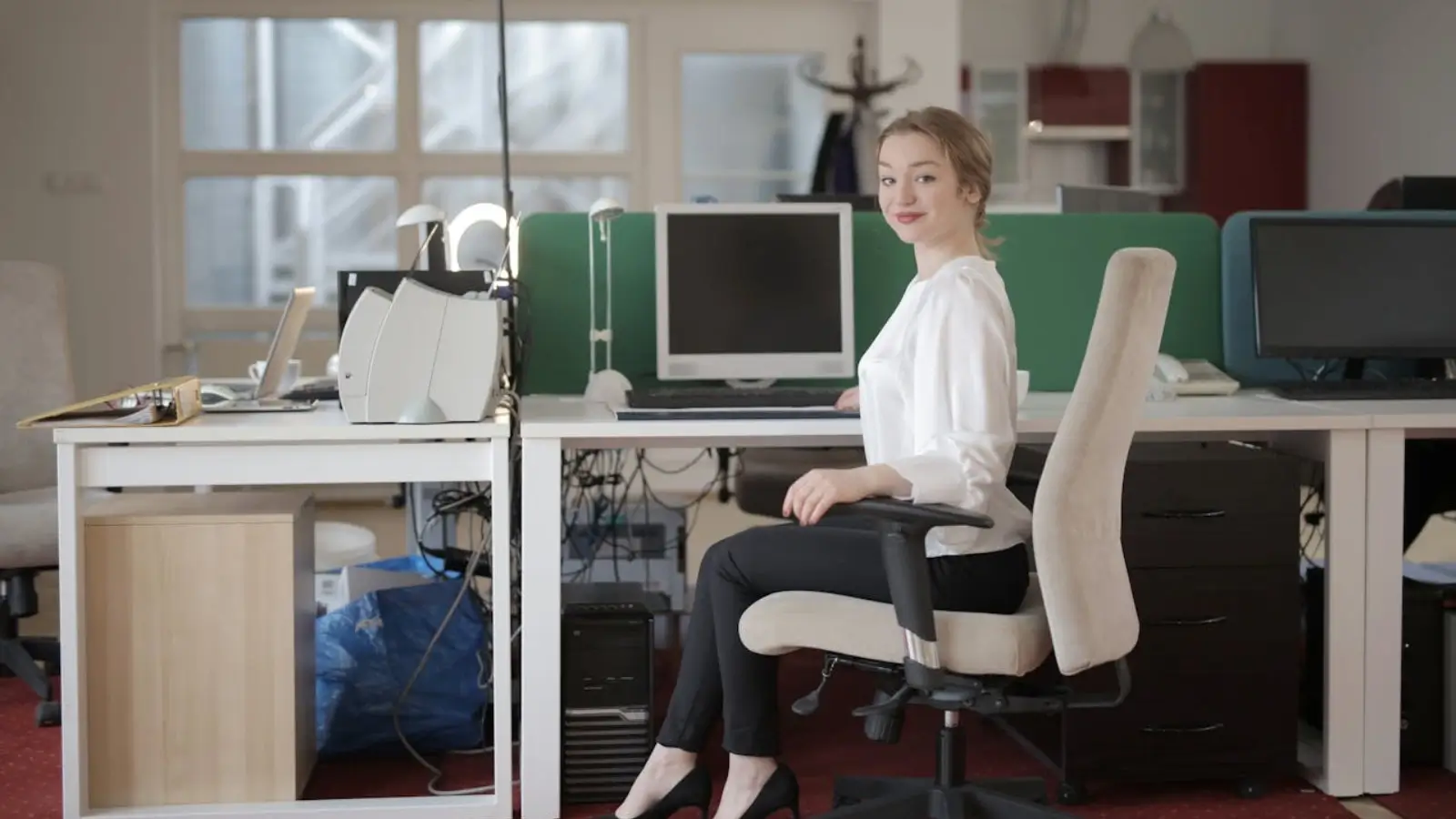


You need to create a safe workspace for multiple reasons. One of the most pressing is to meet regulatory requirements. Beyond this, however, a safe environment helps foster a culture of care and trust within your business.
Get employees to feel protected and comfortable, and it’s only natural for their productivity and morale levels to rise. That’s why an increasing number of businesses are rethinking workspace design to balance security and wellbeing.
Wondering how to get that design right? Here’s how to form a safer, smarter work environment that protects your most valuable asset: your employees.
Physical wellbeing. This is where you should always start when creating a safe workspace and improving employee morale.
To begin with, ergonomic furniture minimizes the risk of repetitive strain injuries and supports better posture. From adjustable chairs to sit-stand desks, additions like these can make a world of difference. Additionally, natural lighting and ventilation are pathways towards boosting mood and reducing fatigue.
The goal is simple: to create a space that adapts to your employees, not the other way around.
Comfort is covered. Now it’s about physical safety. Today’s offices benefit from controlled access systems that manage who can enter or exit specific areas. Smart locks. Access control keypads. Badge readers. Tools like these keep unauthorized visitors out while guaranteeing easy movement for staff.
Do you want to further enhance safety and accessibility? For larger facilities, a commercial door opener makes sense. These automated systems allow heavy or high-traffic doors to open and close smoothly, which reduces the risk of accidents and improves emergency egress. They’re especially useful in warehouses, healthcare buildings, and offices where security and convenience must coexist.
Modern workplaces rely heavily on technology to respond faster to threats. These tech solutions include:
It’s not necessarily about creating a “watched” environment with these systems. Instead, it’s about securing quick, effective responses when safety is on the line.
After recent global health challenges, air quality is now central to workplace safety. For fresh, healthy air to be pumped throughout your facility, it’s recommended to install smart air purifiers and HVAC systems with CO2.
Other small yet effective changes can also make a difference. Consider materials and paints with low volatile organic compounds (VOCs) to reduce allergens and chemical exposure. Even adding indoor plants can help employees feel healthier and more alert.
Forget about technology. Workplace safety starts with people. That’s why everything from regular safety training to visible signage all contribute to a secure environment. You should also take steps to encourage employees to report hazards and suggest improvements. By creating an open dialogue about safety, it empowers everyone to take responsibility for their surroundings.